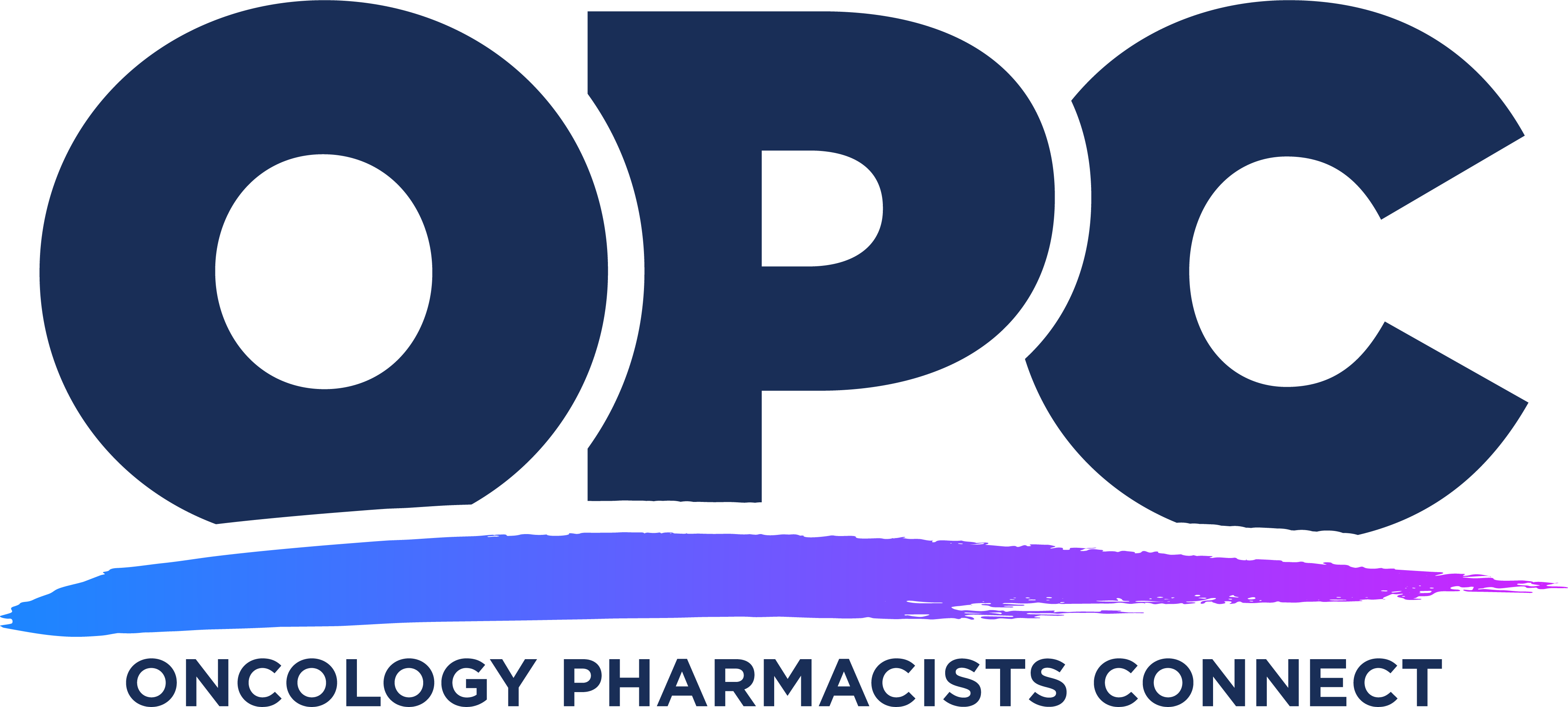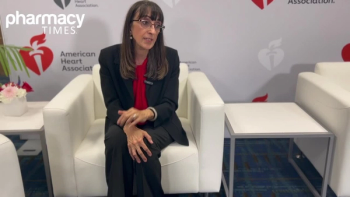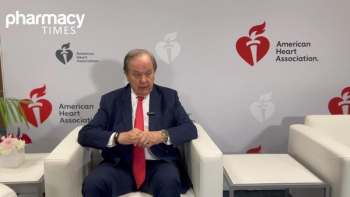
Immunotherapy Takes the Lead in Advanced Cutaneous Malignancies

Heidi Finnes, PharmD, BCOP, FHOPA, discusses the evolving landscape of treatment of cutaneous malignancies.
In an interview with Pharmacy Times®, Heidi Finnes, PharmD, BCOP, FHOPA, director of Ambulatory Pharmacy Services at Mayo Clinic, shared the latest advancements in cancer treatment, particularly in melanoma, discussed at the 2025 American Society of Clinical Oncology (ASCO) Annual Meeting, and the role of pharmacists in medication reconciliation, patient monitoring, and ensuring patients receive appropriate treatments.
Pharmacy Times: Can you share what you presented at the 2025 Oncology Pharmacists Connect (OPC) meeting?
Heidi Finnes, PharmD, BCOP, FHOPA: I shared new hope in cutaneous malignancies and abstracts from the 2025 ASCO meeting.
Pharmacy Times: What challenges exist in the treatment of cutaneous malignancies?
Finnes: Sequencing seems to be a really big focus. I do quite a bit of writing about it. The DREAMseq trial (NCT02224781) just showed 5-year data at ASCO. It's an ECOG [Eastern Cooperative Oncology Group] trial, and they showed a doubling of overall survival [OS] by giving immunotherapy before targeted therapy with dabrafenib (Tafinlar; Novartis) and trametinib (Mekinist; Novartis). It was a doubling of [OS] and a tripling of progression-free survival—very significant. All patients should have immunotherapy first.
Pharmacy Times: As immunotherapies expand into the solid tumor space, clinicians are reporting cases of immune effector cell-associated neurotoxicity syndrome and cytokine release syndrome. Have you observed these immune-related toxicities in your practice, and if so, how are they being managed?
Finnes: TIL therapy—tumor-infiltrating lymphocytes—is a new era in melanoma. It was approved last year. In solid tumors, you don’t necessarily see the same [adverse] effects. There’s a real question—we lean on our hematology teams because they do CAR [chimeric antigen receptor] T and are good at recognizing the associated toxicities. I think we’re getting to the point now where hematology and oncology both need services that can manage these types of [adverse] effects.
The infection risks are a little different. Blood cancer patients are usually at higher risk due to prior chemotherapy, and maybe we don’t need the same kind of prophylactic medications for solid tumor patients. It’s really been a partnership. But at my institution, they’re competing for the same spaces for treatment. So, do we need 2 services to manage as many patients as possible for these newer treatments like TILs or CAR T?
Pharmacy Times: What existing or emerging novel agents are moving to the forefront of treatment for cutaneous malignancies?
Finnes: A lot of new treatments get approved in the advanced setting after patients have received all prior approved therapies. There’s a trial currently enrolling for the use of PET imaging plus nivolumab. It’s a phase 3 trial—not in the frontline setting—but I think it will give us a lot more data about patients who’ve relapsed on anti–PD-1 therapies. Can they receive other immunotherapy afterward?
I know there’s a TIL trial in combination with pembrolizumab that should be coming to the frontline setting soon. We now know from the DREAMseq trial that immunotherapy should be given before targeted therapy. I think there are lots more opportunities, and I’m sure there are more clinical trials out there for melanoma subtypes that may not respond as well to immunotherapy.
Pharmacy Times: What’s the role and benefit of pharmacists in the treatment of skin cancers?
Finnes: I work in a clinic where I see patients with different types of skin cancer. My role includes doing medication reconciliation with each patient, so I know what medications they’re taking and why, including herbal supplements. I get a lot of questions about whether they can take those supplements concurrently with treatment. I also follow up with patients on nonimaging days—so not necessarily when treatment decisions are being made, but during cycles when they're receiving PD-1 inhibitors, CTLA-4 inhibitors, or targeted therapies. I ensure monitoring is done appropriately and [adverse] effects are assessed.
I help manage patients with liver or kidney issues, such as those on dialysis, and align treatment options that are most appropriate for them. My role is really about using my expertise with medications to support decision-making based on data, like abstracts presented at meetings like this one, to ensure patients receive the best possible treatment.
Pharmacy Times: In your practice, how do you bridge the gap between clinical trial data and clinical practice?
Finnes: Particularly at conferences like OPC, where you have leaders from other institutions. What's most interesting to me is hearing how other people are doing it—to say what pieces work from this site and this site—and taking those pieces and maybe making it specific to my own institution. I think learning from one another avoids recreating the wheel sometimes, so everyone doesn't have to struggle doing the same thing, but really helps to understand what's worked somewhere else and maybe what hasn't worked.
To be able to streamline processes at my own institution versus having to try and fail more often to figure out how to implement a new medication or a new workflow.
Pharmacy Times: Can you share your experience at OPC 2025 and the significance of these meetings for pharmacists?
Finnes: I love hearing the new abstracts. I love that OPC is positioned so close to ASCO because pharmacists often can’t attend large meetings due to travel restrictions and limited funding. This is a great way to hear what’s most pertinent from experts in the field. It’s also helpful to hear from managed care experts—understanding their concerns and what documentation is needed to ensure patients can get coverage for the latest treatments.
It’s the networking, the up-to-date data, and the collaboration that matter most. How do we make sure all patients have equal access to these medications?
REFERENCES
1. Dabrafenib and trametinib followed by ipilimumab and nivolumab or ipilimumab and nivolumab followed by dabrafenib and trametinib in treating patients with stage III-IV BRAFV600 melanoma. Updated May 18, 2025. Accessed June 20, 2025. https://clinicaltrials.gov/study/NCT02224781
Newsletter
Stay informed on drug updates, treatment guidelines, and pharmacy practice trends—subscribe to Pharmacy Times for weekly clinical insights.
















































































































































































































